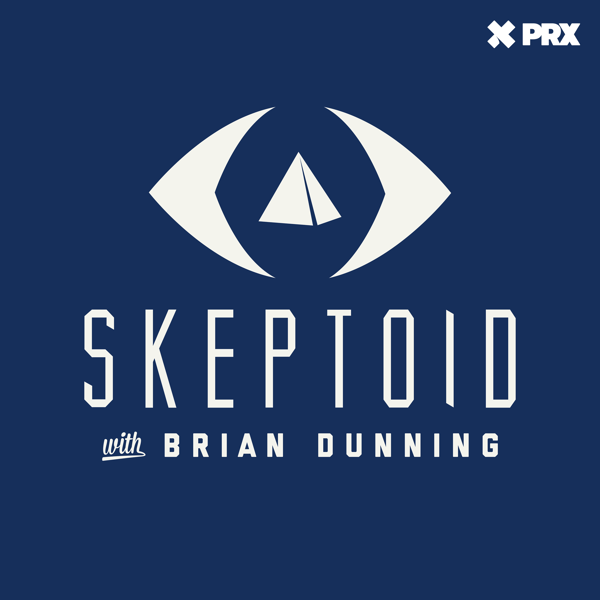Skeptoid #985: Supervolcanoes and Super Earthquakes
Skeptoid
Brian Dunning
4.6 • 3K Ratings
🗓️ 22 April 2025
⏱️ 17 minutes
🧾️ Download transcript
Summary
A roundup of the world's riskiest volcanoes and fault zones — and they're not necessarily the most hazardous.
Learn about your ad choices: dovetail.prx.org/ad-choicesTranscript
Click on a timestamp to play from that location
| 0:00.0 | What are the world's most dangerous supervolcanoes and super earthquake fault zones? |
| 0:09.0 | Are they the same ones you hear about on the cable networks? Are they yet to be discovered? |
| 0:14.0 | Or might it be that we haven't defined the word dangerous very well? |
| 0:19.0 | And that the question we're asking might not be one that has |
| 0:22.4 | a very easy answer. That's coming up right now on Skeptoid. You're listening to Skeptoid. I'm Brian Dunning |
| 0:34.4 | from Skeptoid.com. Supervolcanoes and super earthquakes. |
| 0:41.8 | Welcome to the show that separates fact from fiction, science from pseudoscience, real history |
| 0:47.0 | from fake history, and helps us all make better life decisions by knowing what's real |
| 0:51.7 | and what's not. |
| 0:53.4 | Today, we're going to do the opposite of what |
| 0:55.9 | most of the world's media does whenever earthquakes or volcanoes make the headlines. |
| 1:01.0 | The usual treatment is to come up with terrifying and shocking predictions. |
| 1:05.7 | Scientists can't rule out that the big one will hit tomorrow. |
| 1:10.2 | Scientists can't rule out that the Yellowstone |
| 1:12.9 | Caldera will explode tomorrow. No, that would not be very skeptoidy of us. Instead, we're going |
| 1:19.1 | to take a more sober look at what kind of risk we humans actually do face from these two |
| 1:25.3 | alarming natural disasters. |
| 1:35.1 | Now, obviously, you're saying, of course Brian's going to do an episode on major seismic events today, because National Richter Scale Day is this week. It is true. April 26th is indeed |
| 1:43.3 | National Richter Scale Day, celebrating the birthday of Charles F. Richter, |
| 1:48.7 | 1900 to 1985. And the irony of this is that, as you may know, we no longer use the Richter scale. |
| 1:57.1 | When he developed it in 1935, it was a pioneering logarithmic scale, meaning that each subsequent number represents 10 times as much energy released by the quake, i.e. A 4.0 earthquake is 10 times as powerful as a 3.0, and a 5.0 is 10 times as powerful as that. |
| 2:15.6 | But it was based on California's geography and the seismographs |
... |
Please login to see the full transcript.
Disclaimer: The podcast and artwork embedded on this page are from Brian Dunning, and are the property of its owner and not affiliated with or endorsed by Tapesearch.
Generated transcripts are the property of Brian Dunning and are distributed freely under the Fair Use doctrine. Transcripts generated by Tapesearch are not guaranteed to be accurate.
Copyright © Tapesearch 2025.

